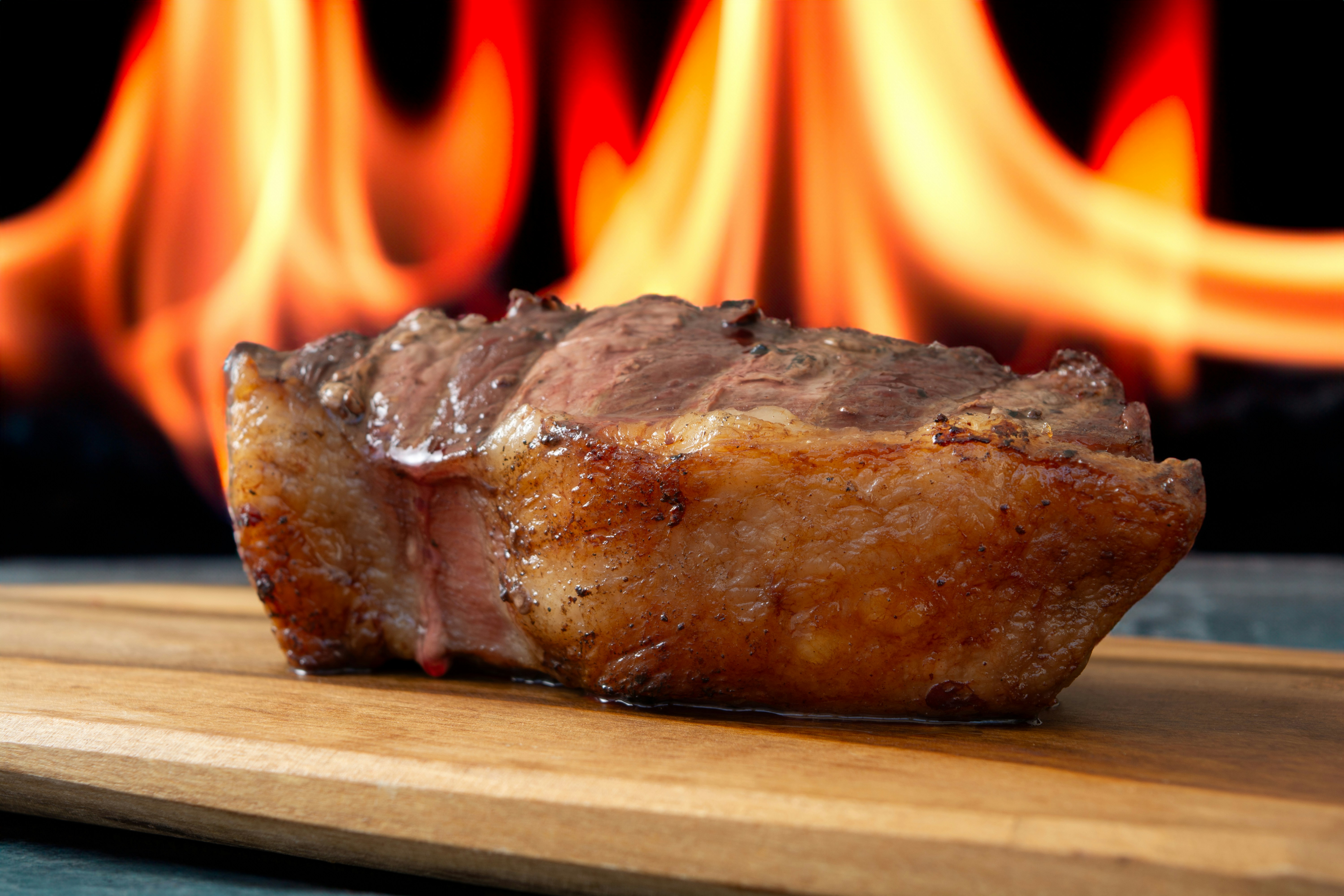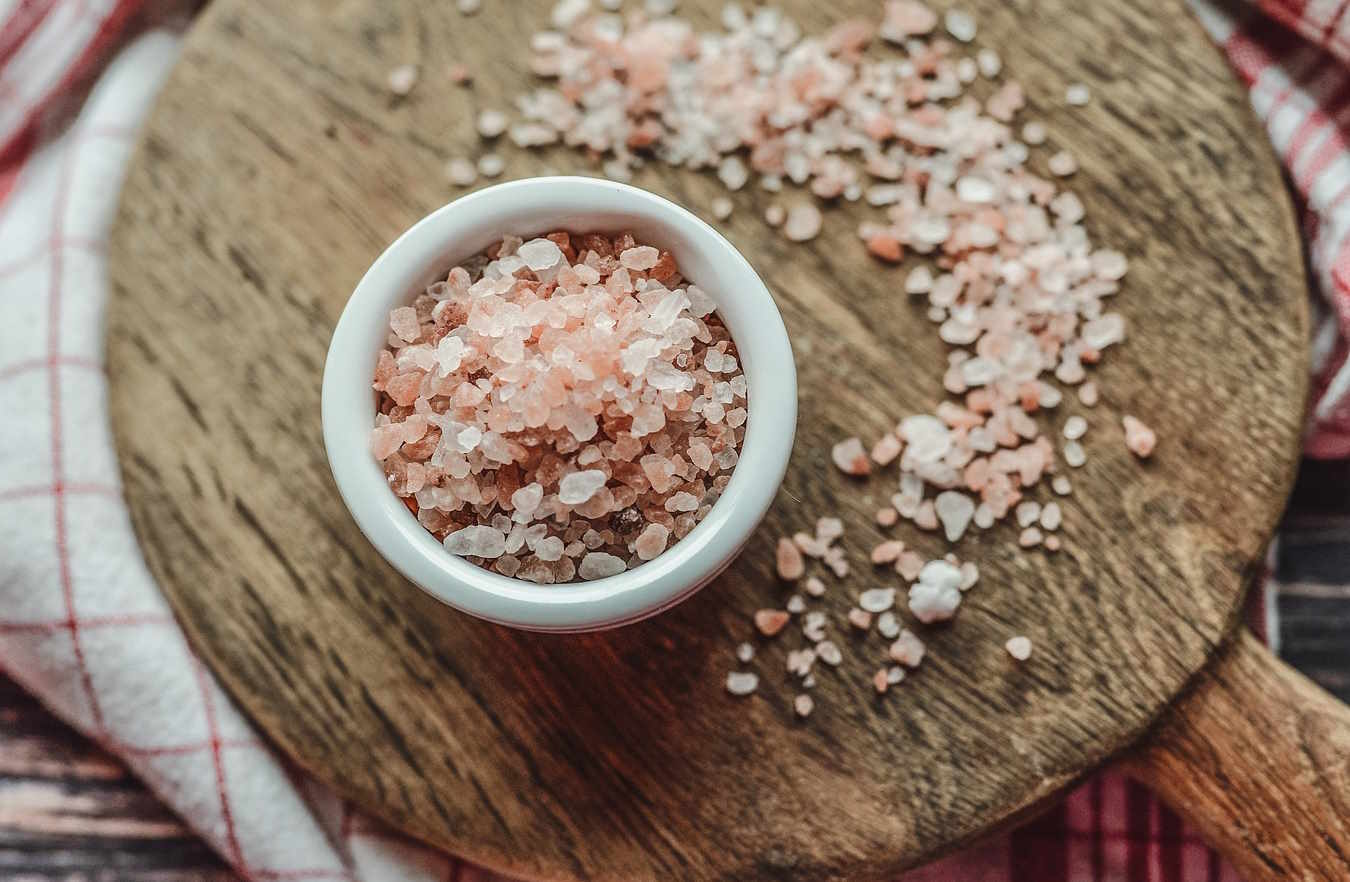Elevating Home Cooking with Dry-Aged Meat
Tired of the same old steak dinners? There’s a growing trend in the culinary world that’s bringing a restaurant-quality experience into home kitchens—dry-aged meat. While often considered a specialty of steakhouses, more home cooks are embracing the art of dry-aging at home, turning regular cuts into extraordinary flavor-packed experiences. Ready to up your steak game? Read below to discover more!

What is Dry-Aging?
Dry-aging is a controlled process where meat is stored in a specific environment to enhance its flavor and tenderness. Over several weeks, enzymes break down the muscle tissue, resulting in a deeper, more intense flavor. Unlike wet-aged meat, which is stored in vacuum-sealed bags, dry-aged meat is hung in a cold room where the air can circulate freely. This gradual moisture loss creates a concentrated beefy taste with a hint of nuttiness that’s hard to replicate by other means.
Most commonly used with beef, dry-aging can elevate steaks, roasts, and even lamb. While this technique was once exclusive to high-end restaurants, many passionate home cooks are now experimenting with dry-aging setups using specialized refrigerators or at-home kits.
Benefits of Dry-Aged Meat
Why bother with dry-aging when fresh cuts are readily available? The answer lies in flavor and texture. Dry-aged meat offers a more luxurious, velvety mouthfeel. The enzymes that break down proteins in the muscle also create new flavor compounds that give the meat a richer, umami-forward profile. These deeper notes come from the breakdown of fats and the concentration of flavors due to moisture evaporation.
Additionally, dry-aged meat cooks differently. Because of the reduced moisture content, it develops a better crust when seared, offering that perfect balance of crispy exterior and melt-in-your-mouth interior. A quick pan-sear or grill over high heat is often all it needs to reach perfection.
How to Dry-Age Meat at Home
Dry-aging at home might sound intimidating, but with the right tools and precautions, it’s surprisingly accessible. The basic requirements? A well-regulated fridge, consistent airflow, and patience.
-
Choose Your Cut: Ribeye or strip steaks are ideal for home dry-aging due to their fat content. Fat helps preserve the meat during the aging process and contributes to its rich flavor.
-
Setting Up Your Environment: If you have a spare refrigerator, it can serve as your dry-aging chamber. You’ll need a way to control humidity (around 80%) and temperature (34°F). Place the meat on a wire rack to ensure airflow around all sides.
-
The Waiting Game: The sweet spot for home dry-aging is around 21–28 days. During this time, a dark crust will form on the outside of the meat—don’t be alarmed! This crust will be trimmed away before cooking.
-
Trimming and Cooking: After aging, trim off the outer layer and excess fat. You’ll be left with an incredibly flavorful piece of meat, ready for the grill or stovetop.
Pairing Dry-Aged Meat with the Right Sides
Dry-aged beef offers such a strong, distinct flavor that it’s essential to pair it with sides that complement rather than overpower it. The goal is to enhance the dining experience without stealing the spotlight from the main attraction.
-
Roasted Vegetables: Think root vegetables like parsnips, carrots, or potatoes, roasted with a hint of garlic and rosemary. The natural sweetness and earthy tones of these veggies balance the rich umami flavors of dry-aged beef.
-
Fresh Salads: A light, refreshing salad with citrus and a simple vinaigrette can provide a bright contrast. Try an arugula and fennel salad with a lemon dressing to cut through the heaviness of the meat.
-
Bold Sauces: While dry-aged meat is flavorful on its own, a drizzle of a simple chimichurri or balsamic reduction adds another layer of interest without overwhelming the dish.
Useful Tips and Fun Ideas
-
Start Small: If you’re new to dry-aging, try aging smaller cuts like steaks before committing to larger roasts.
-
Use a Refrigerator Lock: Curious housemates might be tempted to open the fridge door, but consistency in temperature and humidity is crucial for a successful dry-age. Invest in a fridge lock or post a reminder to keep it shut.
-
Don’t Skip the Trim: After the aging period, you’ll need to trim off the tough outer layer. Don’t panic—this is normal, and what’s inside will be worth it!
-
Experiment with Time: While 21–28 days is typical, some adventurous home chefs go for 45 days or even 60! The longer the aging process, the funkier and more pronounced the flavors.
Conclusion
Dry-aged meat is no longer reserved for high-end steakhouses. With the right setup, a bit of patience, and the perfect cut, you can elevate your home-cooked meals into something truly special. The rich, concentrated flavors and tender texture of dry-aged beef are a worthy reward for those willing to explore this culinary adventure. So, next time you’re planning a steak night, why not give dry-aging a try and experience the bold transformation of your favorite cuts? It’s an investment in flavor you won’t regret.






